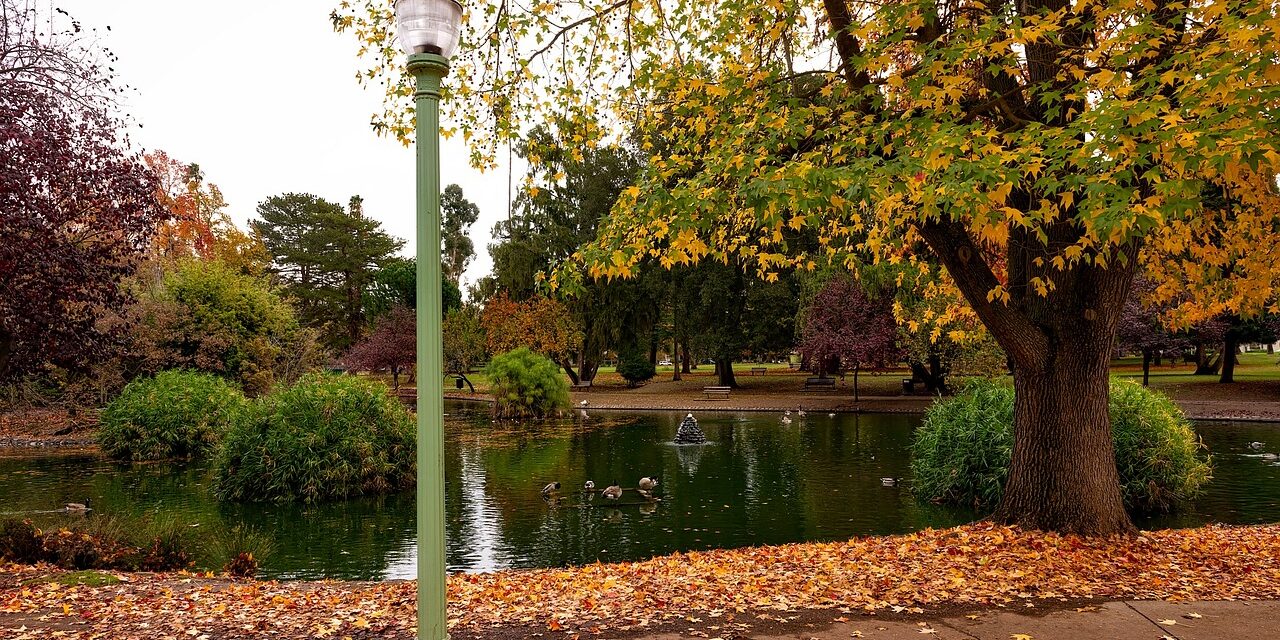Sacramento’s neighborhoods are a patchwork quilt of history, each with its own narrative and distinct character.
My personal journey through this city began on the outskirts, in the suburb of Antelope, and eventually led me to the pulsing heart of Downtown Sacramento, where I lived in the shadow of the Capitol at the historic Thayer Apartments.
Later, I found myself in the vibrant, close-knit community of Oak Park, residing in a quaint cottage.
These moves weren’t just changes in residence; they were chapters in my ongoing exploration of Sacramento’s diverse districts. Let’s take a historical tour through some of Sacramento’s most storied neighborhoods.
Table of Contents
Downtown: The Historic Heartbeat
Downtown Sacramento is where the pulse of the city’s history beats strongest.
Living on N Street, the Capitol dome was a constant in my view, a reminder of the city’s role as the state’s political center.
This area’s growth spiraled out from the Capitol building, with architectural marvels like the Governor’s Mansion and the elegance of Victorian homes telling tales of Sacramento’s boom during the Gold Rush and its development into a thriving state capital.
Midtown: The Cultural Core
Midtown struck me with its fusion of historic charm and modern vibrancy.
It’s where Victorian architecture meets contemporary art, where tree-lined streets host second-Saturday art walks, and converted warehouses pulse with nightlife.
The neighborhood’s evolution is a testament to Sacramento’s ability to honor its past while embracing change.
Oak Park: Resilience and Renaissance
Moving to Oak Park offered a starkly different narrative.
Once a streetcar suburb, it suffered decline but is now experiencing a renaissance. The area, one of Sacramento’s oldest neighborhoods, has a storied history of diversity and community, which can be felt in its restored Craftsman bungalows and the revival of its commercial corridors.
Living in a small cottage here, I witnessed firsthand the neighborhood’s resilience and the community’s dedication to its regeneration.
East Sacramento: The Suburban Ideal
East Sacramento represents the suburban dream of the early 20th century, with its spacious parks and grand homes.
The Fabulous Forties neighborhood, where stately houses line the streets, echoes with tales of affluent beginnings, while areas like McKinley Park demonstrate the city’s expansion and the American desire for community spaces and suburban living.
Land Park: A Green Escape within the City
Land Park is the city’s verdant escape, a neighborhood that grew around its namesake — William Land Park.
Here, families gather by duck ponds, and joggers circle the green expanses. The Sacramento Zoo and Fairytale Town add to the area’s charm, creating a family-friendly enclave that has been a fixture in Sacramento’s community life for generations.
Q&A: Unveiling Sacramento’s Neighborhood Stories
As I reminisce about my time across Sacramento’s neighborhoods, several questions come to mind about the city’s unique districts:
Q: Can you provide a list of all the sub-neighborhoods in Sacramento?
A: Sacramento is a city with an interesting history of neighborhoods, each with its own character. Here’s a snapshot of the many sub-neighborhoods that make up this dynamic city:
- Downtown: The central business district and the state capitol’s location.
- Midtown: Known for its vibrant arts scene and nightlife.
- East Sacramento: Includes the Fabulous Forties, known for its upscale homes.
- Land Park: Features the city zoo and storybook-themed children’s park.
- Curtis Park: A residential area known for its charming homes and community sense.
- Oak Park: One of the oldest neighborhoods, currently experiencing revitalization.
- Boulevard Park: A historic district with early 20th-century homes.
- Tahoe Park: Appreciated for its namesake park and family-friendly atmosphere.
- South Land Park: A diverse neighborhood with a mix of housing styles.
- Greenhaven/Pocket Area: A mainly residential area with a suburban feel.
- Natomas: A newer development that’s rapidly growing, both residentially and commercially.
- Alkali Flat: The oldest standing neighborhood in the city, with roots back to the Gold Rush.
- Lavender Heights: The heart of Sacramento’s LGBTQ+ community.
- Little Saigon: A hub of Asian culture and commerce.
- Mansion Flats: Characterized by its historical residences and proximity to downtown.
- New Era Park: A small residential area with early 20th-century bungalows.
- Northgate: A diverse neighborhood with a mix of residential and commercial properties.
- Robla: Situated in the North Sacramento area, known for its community parks.
- Del Paso Heights: A neighborhood with deep historical roots in North Sacramento.
- Valley View Acres: Offers a semi-rural setting within the city.
- Willowcreek: A neighborhood known for its creek and walking paths.
This list is not exhaustive, as Sacramento continues to grow and evolve, with new communities developing and established ones undergoing changes. Each neighborhood, from the historic to the newly minted, contributes its own story to the larger narrative of Sacramento.
Q: How has the history of Downtown Sacramento shaped the city’s identity?
A: Downtown Sacramento, with its historic landmarks and role as the seat of California’s government, has shaped the city’s identity as a place of historical significance and political activity. The preservation of its historic buildings alongside modern development speaks to Sacramento’s dedication to remembering its roots while moving forward.
Q: What makes Midtown Sacramento a cultural hotspot?
A: Midtown Sacramento’s blend of historic architecture, artistic venues, and a bustling food scene creates a culturally rich environment. The neighborhood’s support for local artists and entrepreneurs has turned it into a vibrant area that reflects the city’s creative spirit.
Q: How has Oak Park changed over the years?
A: Oak Park has seen cycles of prosperity, decline, and resurgence. Its recent transformation is marked by community-driven efforts to revitalize its historic structures and commercial areas, fostering a neighborhood that celebrates its diversity and history.
Q: What role do neighborhoods like East Sacramento and Land Park play in the city’s community life?
A: East Sacramento and Land Park serve as residential retreats within the city, offering a sense of community through their parks, annual events, and neighborhood associations. They embody the ideal of a tight-knit community within a bustling city.
Sacramento’s Neighborhoods — A Historical Journey
Sacramento’s neighborhoods each tell a unique story, contributing chapters to the city’s rich history.
From the political intrigue of Downtown to the artistic alleys of Midtown, the resilient spirit of Oak Park, and the suburban charm of East Sacramento and Land Park, these districts form the colorful mosaic that is Sacramento.
As I continue to explore the city, I am constantly discovering new layers of its history, and I invite you to do the same.
What hidden historical gems will you uncover in Sacramento’s storied neighborhoods? How will these communities continue to evolve while maintaining their unique identities?
Sacramento’s neighborhoods are not just places to live; they are living histories waiting to be explored.





